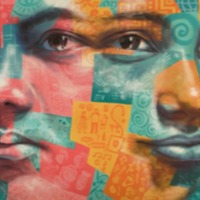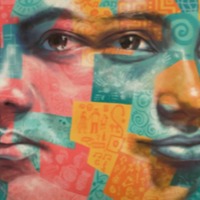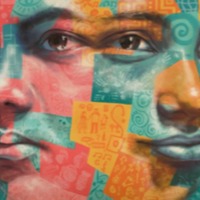
Ashraf
There are an estimated 212,000 people living in modern slavery in Malaysia (GSI 2018). The majority of those exploited are migrant and undocumented workers in the country. Foreign workers constitute more than 20 percent of the Malaysian workforce and typically migrate voluntarily—often illegally—to Malaysia from Bangladesh, India, Nepal, Burma, Indonesia, the Philippines, and other Southeast Asian countries, mostly in pursuit of better economic opportunities. Some of these migrants are subjected to forced labour or debt bondage by their employers, employment agents, or informal labour recruiters when they are unable to pay the fees for recruitment and associated travel. Ashraf and six other workers travelled to Malaysia from Bangladesh after they were given three-year contracts to work with a company at a wage of 30 ringgit ($8.75) per day. His passport was taken and upon arrival he was told the job he had been promised did not exist.

Hussain
There are an estimated 212,000 people living in modern slavery in Malaysia (GSI 2018). The majority of those exploited are migrant and undocumented workers in the country. Foreign workers constitute more than 20 percent of the Malaysian workforce and typically migrate voluntarily—often illegally—to Malaysia from Bangladesh, India, Nepal, Burma, Indonesia, the Philippines, and other Southeast Asian countries, mostly in pursuit of better economic opportunities. Some of these migrants are subjected to forced labour or debt bondage by their employers, employment agents, or informal labour recruiters when they are unable to pay the fees for recruitment and associated travel. Husain travelled to Malaysia through an agent in search of work to help support his family. Upon arrival, he was taken to a holding area at the airport with up to 200 other people. The next day the employer came, and Husain was taken to a house where he was kept for a further six days and his passport was confiscated. When the employer returned, he told the people to leave and find their own work and Husain had to buy his passport back to return home.

Marcela Loaiza (Narrative 2)
There are an estimated 37,000 people living in modern slavery in Japan (GSI 2018). The country is the destination for men, women and children trafficked for forced labour and commercial sexual exploitation. The majority of trafficking victims are foreign women who migrate willingly seeking work but find themselves trapped in debt bondage, having to work in domestic and sex work to pay off fees incurred. Despite warning from the U.N., it is reported that human trafficking is on the rise in Japan. Marcela Loaiza was 21 years old when she was lured from Colombia, trapped in a sex trafficking ring, and forced by Japan’s Yakuza mafia to sell sex on the streets of Tokyo. After 18 months of sexual exploitation, she escaped, so ill that her hair and teeth were falling out. Today Loaiza, 35, runs a non-governmental organisation that bears her name to raise awareness about human trafficking among girls, women and men in Colombia and the United States, where she now lives. Loaiza spoke with Thomson Reuters Foundation by telephone from the Colombian city of Cali and recalled how she escaped forced prostitution and the mafia, and how she moved past the pain and guilt and healed.

Something Doesn't Feel Right
Something Doesn't Feel Right provides lessons and resources for teaching on identifying signs of human trafficking at airports and on flights.This lesson looks at real life events where airline employees effectively identified cases of human trafficking. In all cases the airline agents had been specifically trained to identify indicators of human trafficking. The lesson content also addresses the way social media is used by traffickers to recruit victims, specifically youth. There are two 55-minute lessons, depending on the level of your students. it is aimed at older teens, young adults, adults, B2+ (upper intermediate to advanced)Materials include True narrative at airport, student worksheet, autonomous learning resources, transcripts of authentic videos, slides, information about human trafficking and modern slavery, Teacher’s Guide.